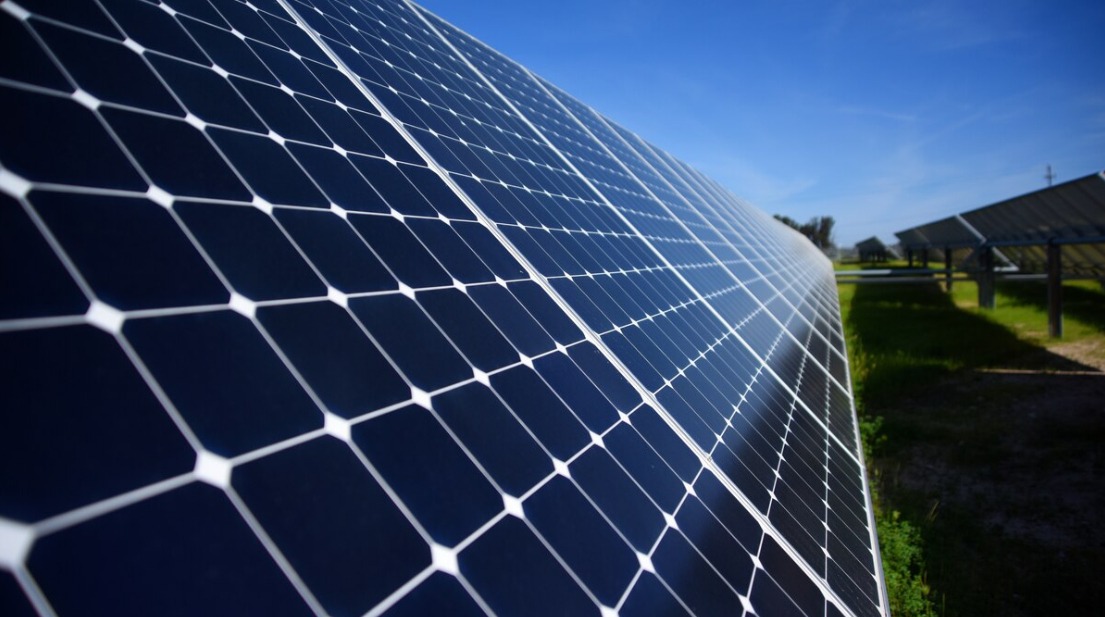Solar data analysis and solar radiation data plays a pivotal role in the efficient utilization of solar energy. However, their benefits extend beyond energy production. In this article, we explore nine ways in which solar data analysis and solar radiation can increase productivity across various sectors, from agriculture and construction to urban planning and research, empowering individuals and organizations to leverage the power of the sun for enhanced efficiency and productivity.
- Optimal Solar Panel Placement: Solar data analysis enables precise placement of solar panels, maximising their exposure to sunlight. By utilising solar radiation data, solar panel arrays can be positioned to avoid shading, ensuring maximum energy production. This optimised placement not only increases solar energy generation but also minimises the need for additional panels, saving costs and improving overall system efficiency.
- Enhanced Crop Yield and Agriculture: Solar data analysis aids in optimising solar-powered irrigation systems in agriculture. By analysing solar radiation data, farmers can determine the most productive periods for irrigation, aligning it with peak solar radiation. This precise timing minimises water and energy waste while maximising crop yield. Solar data analysis also helps farmers identify the best locations for solar-powered greenhouses, optimising growing conditions and extending growing seasons, leading to increased productivity and higher-quality produce.
- Efficient Construction Planning : Solar data analysis is valuable in construction planning, especially for buildings designed with solar energy integration in mind. By analysing solar radiation data, architects and engineers can optimise building orientation and incorporate features such as solar shading devices and solar panels. This approach ensures maximum utilisation of solar energy, reducing reliance on traditional energy sources and enhancing the energy efficiency of the building, leading to improved productivity and reduced operational costs.
- Energy-Efficient Urban Planning: Solar data analysis facilitates energy-efficient urban planning. By considering solar radiation data, city planners can optimise the layout of buildings, streets, and open spaces to maximise exposure to sunlight. This approach enables the integration of solar energy systems into urban infrastructure, such as solar-powered street lighting and solar heating and cooling systems for buildings. By harnessing solar energy efficiently, cities can reduce energy consumption, lower greenhouse gas emissions, and create sustainable and productive urban environments.
- Real-Time Energy Monitoring and Optimization: Solar data analysis enables real-time monitoring and optimization of solar energy systems. By analysing solar radiation data alongside energy production data, stakeholders can track energy generation, identify deviations, and optimise system performance. Real-time data monitoring allows for proactive maintenance and rapid troubleshooting, minimising downtime and maximising productivity. Energy optimization based on solar data analysis leads to improved energy efficiency, reduced costs, and enhanced productivity across various sectors, from residential to commercial and industrial.
Latest posts by Akash Tiwari (see all)
- Understanding Backflow Testing and Annual Fire Alarm Inspections: Essential for Safety and Compliance - April 1, 2025
- Preamplifiers – Significance, Types, Benefits - January 10, 2025
- The Science of Bass: Understanding How Subwoofers Work - January 10, 2025

